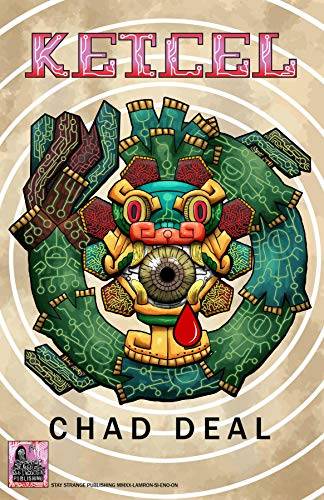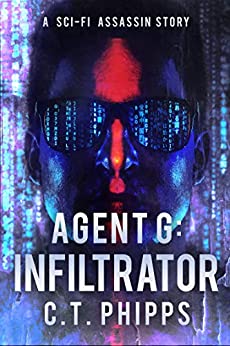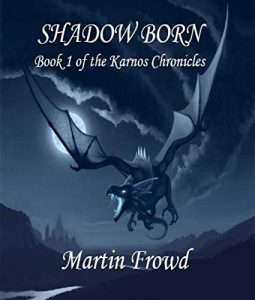A few weeks ago, I stumbled across an unexpectedly good book. His Ragged Company is a little bit western, a little bit steampunk, and infused with a kind of subtle magic that defies definition– it just is. Like the sun rising in the east or the stars turning overhead, odd people gravitate to the town of Blackpeak, Texas, and odd things happen there. In this regard, the first half of His Ragged Company is reminiscent of the writing of Ursula K Le Guin and Charles de Lint.
When weird things start happening around –and to– resident sheriff Elias Faust, he doesn’t wonder much about it. As the strange incidents and their resulting body count begin to grow, it becomes clear that there’s more threatening the small mining town than the occasional group of bandits.
Continue reading “Review: His Ragged Company”



